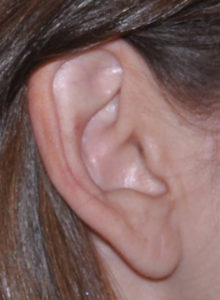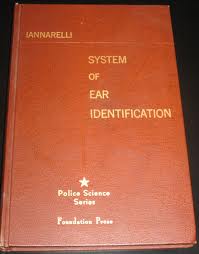
The complexity of ear shape has apparently been appreciated by more than just plastic surgeons. I had no idea until I recently an article on the use of ears for establishing human identification, known as Earology. In two books written on this subject by Alfred Iannarelli, it has been proposed and used as a method of forensic science. What it is not widely accepted and highly controversial, it is postulated that each human ear is uniquely different and no two are exactly alike. As such, one’s ear print is purportedly as unique as one’s fingerprint. This has lead to the use of ear print identification as a potential method in forensic science.
A few clinical studies done long ago on a limited number of adults and babies concluded that no two ears are alike. But it was the work of Iannarelli, author of the book “Ear Identification’ published in 1964, who is said to have studied thousands of ears that lays the foundation for the pseudoscience of Earology. Using a self-devised method of anthropometric measurements which would baffle a high school geometry student, the ear is extensively measured and analyzed and one’s uniqueness established. In a revised edition published twenty-five years later, the use of latent ear prints, much like taking fingerprints, has also been proposed for use in crime scenes.

Plastic surgery of the ear is challenging due to its complex three-dimensional shape. Reshaping the ear through otoplasty by suture manipulation of the helical fold and the angle of the concha is less difficult than creating part or all of an ear from scratch. (microtia) But both spectrums of external ear surgery require an appreciation of the anatomy of the affected ear and its opposite member on the other side of the head. Unlike earology, earplasty is a precise surgical science that takes into consideration the uniqueness of each patient’s ears…no matter how subtle they may be.
Dr. Barry Eppley
Indianapolis, Indiana


